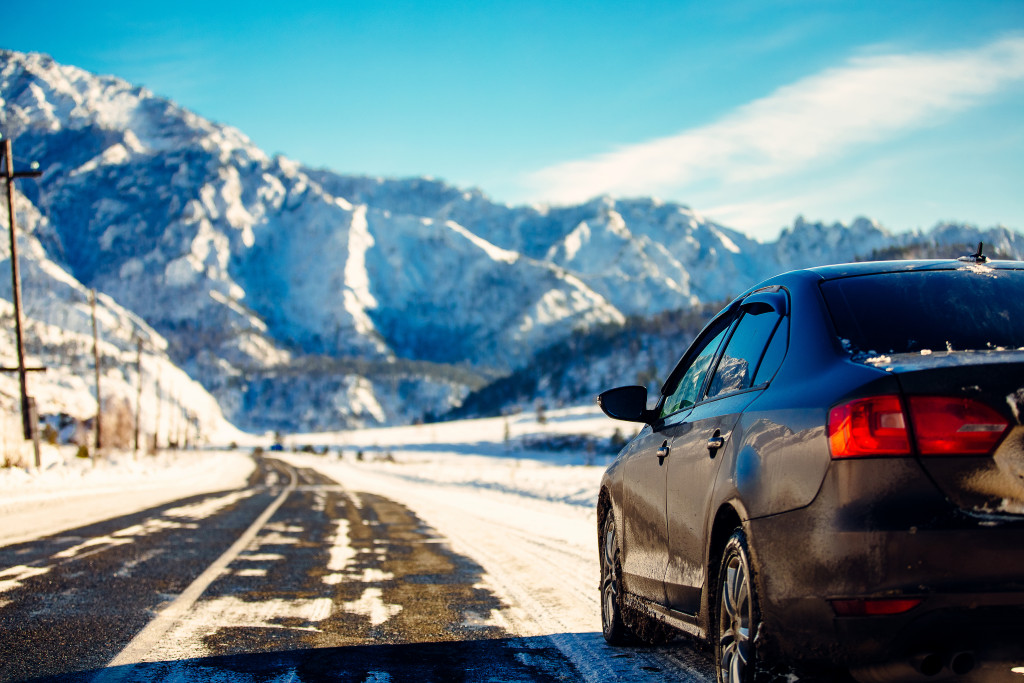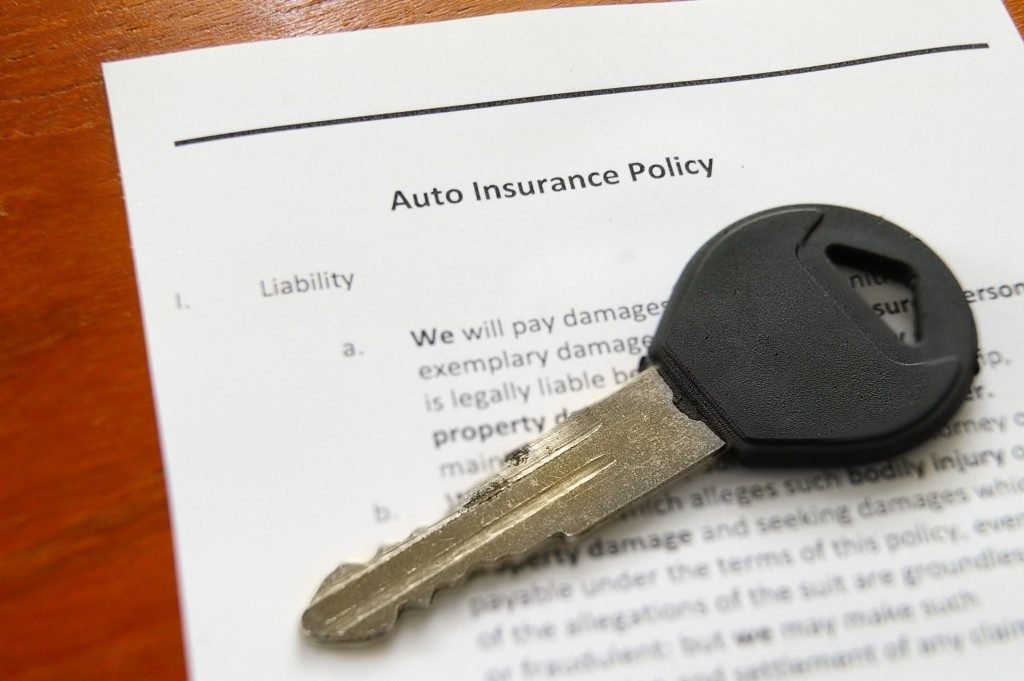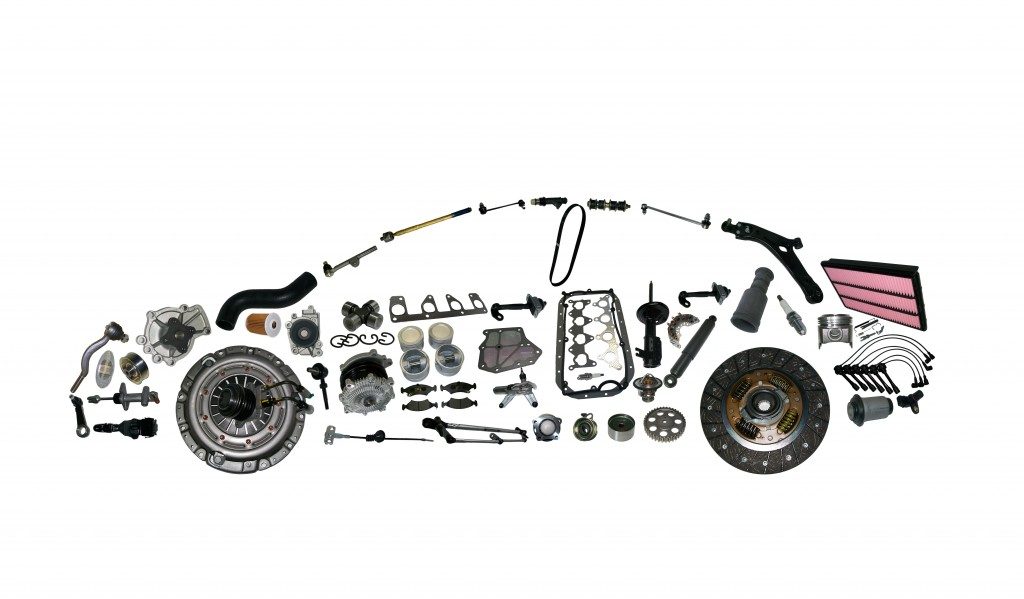hIf you live in states where there is warm weather, even in December and January, that’s good for you. You don’t have to worry about your car in the cold months that can last until March.
However, the warning light on a car’s tire pressure and the frosting on a vehicle’s windshield signals another season of winter for people living in colder parts of the country. It’s that time of the year again that requires cars to work exhaustively. Because of this, it’s also the time to give your vehicle the care it needs to keep it ready for winter.
When cars are overworked, their lifespan can be shortened. So instead of taking full advantage of your vehicle, which you spent hard-earned money on, you let its full potential run down the drain.
Plus, winter demands harsh driving conditions. If you miss your car’s scheduled maintenance service before winter, you can be in trouble. The risk of getting into an accident because of faulty vehicle functions increases with the lack of proper car care. Your one missed chance could mean a life-endangering hazard in winter.
All of this emphasizes the need for extra care and maintenance of your car during the cold months. This also explains why this article aims to provide you with just a few of the most important tips to help you take care of your car this winter. They include the following:
Lights and Wipers Should Be Clean to Increase Visibility
Winter means there are shorter days and longer nights. It also means it gets dark earlier than usual. Keep lights and wipers clean and working properly to increase your visibility when driving. You’ll need functional lights to keep your way well-illuminated and wipers to remove any obstruction from your windshield.
Clean your headlamps every time you’re going to use your car. When you are driving, your vehicle can be subjected to grit, salt, and snow. This makes your headlamps lose 40% of their luminosity. It will be great if you have headlamp washers, but if you don’t, daily cleaning is necessary.
Give it a wax if you’re meticulous. Wash your headlamps and taillights, and then apply any type of car wax, then buff it off. This will make your lights slippery. Snow and dirt can’t cling onto slippery surfaces—one point for you.
Check wiper blades, too. Make sure they are in good condition. Use the right washer fluid and keep your windshield clean. Put your windscreen wiper where you can easily retrieve it when it’s necessary to remove snow from your windshield, suggests Car and Driver magazine.

Prepare for the Road Salts to Slow Corrosion
Ensure your car is protected, not only from the elements but also from road salts. Yes, they melt snow off the highway, but they can also easily corrode your car’s body. Apply some wax on your vehicle after washing.
You can also consider getting a coat for your car. Professional-grade ceramic coatings, for example, prevent snow from sticking to your vehicle. Thus, they’re an excellent way to slow down rusting.
Use the Right Tires to Increase Traction
This can never be stressed enough—replace your standard tires with winter tires.
An eager salesperson, however, may recommend all-weather tires to you. It could be tempting, and don’t worry; you can opt for them. But here’s the deal with it. All-weather tires can only work with people living in transitional regions. If you live in a region with inclement weather but not snowy enough to cover the environment in inches of snow, you can use all-weather tires.
All-weather tires are tested for snow traction under acceleration, earning them a three-peak snowflake symbol (3PMSF). This means they have sufficient snow grip, can perform well enough, and are durable despite any weather. They can be used all year round. If you’re using them for your car, you don’t have to switch to winter tires when the cold months start.
If you live in a region that gets heavy snow or where the temperature drops to lower than 45 degrees, you’ll need winter tires for sure. They provide the best snow traction, which is especially helpful when you’re braking or making a turn on cold pavement.
Plus, the Car Care Council advises to always check your tires’ pressure. They should be inflated enough to increase traction on icy, slippery roads.
Pay Close Attention to Your Car
Everything mentioned here may seem basic, but car owners often miss them. Don’t be like them. Pay close attention to these issues, so you can address them before driving your car in the snow



